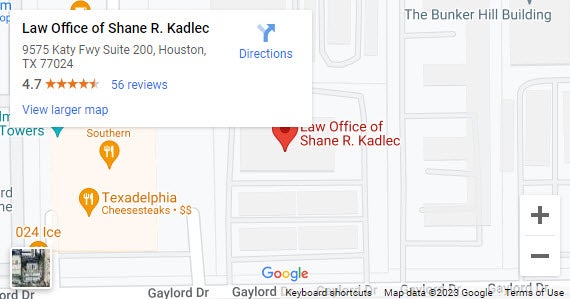Firing ranges are supposed to provide a safe place for people to learn how to use a gun and practice their marksmanship. Unfortunately, firing ranges can also be places of great human tragedy whenever mistakes are made, and someone gets shot.
Are gun ranges more dangerous than you realize?
In large part, the industry sets its own rules for who can walk onto a gun range, when they can do it, what sort of firearm they can use and more. For example, gun ranges can rent guns to people who couldn’t pass a background check to own one. They can also decide to allow children who haven’t even come close to hitting their teen years to handle a weapon on the range. This leads to all kinds of situations that can turn into an accidental shooting, like:
- A child loses control of a firearm or mistakenly pulls the trigger before it was aimed because the adult with them isn’t paying strict enough attention
- Someone buys a second-hand gun without realizing its trigger has been modified so that the gun will fire with little or no pressure
- The range rents a gun to someone who is under the influence of drugs or alcohol, and they carelessly aim the gun in someone’s direction
- Someone who is suicidal rents a gun and accidentally hurts another person in the process of trying to hurt themselves
- A gun that hasn’t been maintained properly (rental or not) frustrates a novice user and is accidentally fired when the user tries to figure out what is wrong with it
Homemade ranges can be even more risky
Homemade ranges can be even more dangerous than commercial shooting ranges. Without proper oversight, shooters may unknowingly design ranges that can harm themselves or spectators. When someone sets up a firing “range” in their backyard, there’s no guarantee that their targets are made of proper materials, or that the targets are properly secured.
A ding in a homemade target that isn’t made from the right material can cause bullets to ricochet and strike bystanders. An incorrectly placed target can also ricochet fragments back at the shooter. Safety requires for targets to be placed a minimum distance away from the shooter, the exact requirements vary depending on the type of gun. For example, rifle targets should be placed at least 100 yards from the shooter. Higher caliber rifles will require further distances, some as far as 200 yards. Plus, there’s always the chance the isolated bit of property they’re using for a range isn’t so isolated after all — and a passerby will get shot. Ranges must be designed by trained experts who can ensure that proper materials, shooting distances and ammo are used to protect everyone’s safety.
If you or your loved one suffered an injury on a gun range because of someone’s negligence, you may have the right to compensation for your losses. Find out more today.




